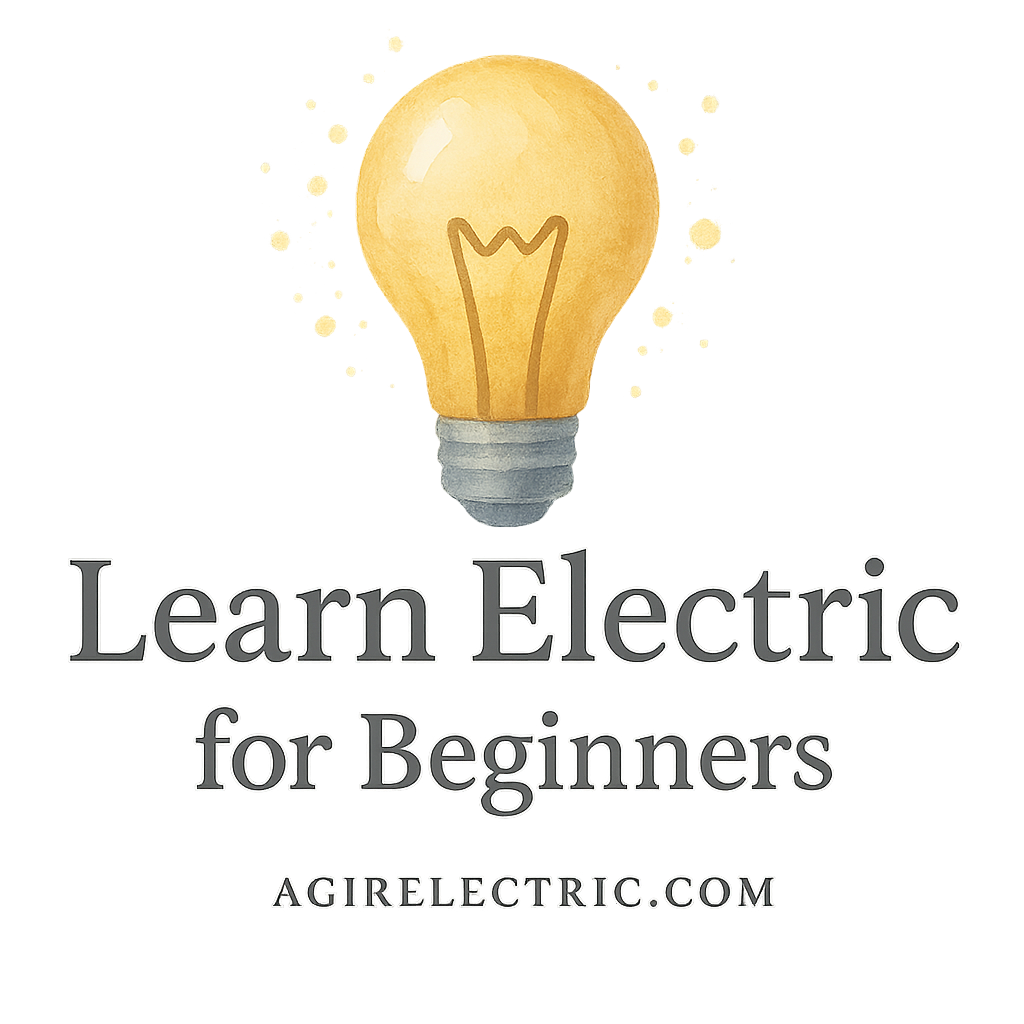Introduction
Whether you’re tinkering with a DIY home electric project or you’re just trying to troubleshoot a flickering light, knowing a few core electric formulas can make all the difference. Think of them as your toolbox of brainpower—handy, powerful, and downright essential.
And the best part? You don’t have to be an engineer to understand them.
This guide will walk you through 9 electric formulas you should memorize—the absolute must-haves that can save you time, money, and maybe even a headache or two.
Why Memorizing Electric Formulas Matters
Electricity might feel like magic, but it runs on rules—math rules, to be exact. These formulas help you:
- Diagnose issues safely (troubleshooting electric issues)
- Plan smarter DIY projects (home electric projects)
- Avoid costly mistakes (electric safety precautions)
- Upgrade wiring and systems with confidence (tag:upgrade)
Learning these formulas puts you in control instead of guessing your way through wiring.
1. Ohm’s Law (V = IR)
Understanding Voltage, Current, and Resistance
Ohm’s Law is the bedrock of all electric theory. It simply says:
Voltage (V) = Current (I) × Resistance (R)
This tells you how voltage, current, and resistance relate. If you know any two, you can find the third.
- Voltage = Pressure
- Current = Flow
- Resistance = Friction
How to Use Ohm’s Law in Real Life
Say your multimeter shows a resistance of 5 ohms, and your circuit runs at 10 volts. Divide V by R:
10V ÷ 5Ω = 2A. That’s your current.
Mastering this formula is crucial for diagnosing issues and fixing problems.
2. Power Formula (P = VI)
Calculating Electrical Power
This one’s a biggie for anything that plugs into a wall.
Power (P) = Voltage (V) × Current (I)
It tells you how much energy is being used at a given time, measured in watts.
Application in Home Circuits
Need to figure out if your circuit can handle a new microwave?
- If it draws 8 amps at 120V: 8 × 120 = 960 watts
Now compare that to your breaker capacity!
This formula ties in closely with electric tools & equipment you may be using.
3. Watt’s Law (P = I²R or P = V²/R)
Comparing Watt’s Law to Ohm’s Law
Watt’s Law gives you another angle on power. Depending on what you know, use either:
- P = I²R (if you know current and resistance)
- P = V²/R (if you know voltage and resistance)
Practical Safety Insights
Understanding these variations helps avoid electrical mistakes that cause overheating. A small wire carrying a big current can heat up fast—burning insulation or worse.

4. Energy Formula (E = P × t)
Understanding Energy Consumption
Energy (E) = Power (P) × Time (t)
This is the formula behind your electric bill. It’s measured in kilowatt-hours (kWh).
Example:
- 100W bulb on for 10 hours = 100 × 10 = 1000Wh = 1kWh
Saving Money on Your Electric Bill
Knowing this helps you pick energy-efficient devices and schedule usage smartly. Perfect for any home improvement or DIY project.
5. Resistance Formula (R = ρL/A)
The Role of Material in Resistance
This formula calculates resistance based on physical properties:
Resistance (R) = Resistivity (ρ) × Length (L) / Area (A)
Longer wires and smaller diameters have higher resistance.
Wire Gauge and Length Considerations
Choosing the right wire for the job isn’t just about size—it’s about measurement and material. Copper has lower resistivity than aluminum, for example.
Use this formula to choose wires that won’t overheat.
6. Capacitance Formula (C = Q/V)
Capacitor Basics for Beginners
Capacitance (C) = Charge (Q) / Voltage (V)
Capacitors store electric charge and release it later. They’re used in timers, filters, and energy-storing circuits.
Real-World Use of Capacitance
Fixing a ceiling fan? Testing a washing machine motor? You’ll likely deal with capacitors. Beginners can learn more on electric basics for beginners and tag:beginner content.
7. Inductive Reactance (XL = 2πfL)
What Reactance Means for Your Circuits
XL = 2π × frequency × inductance
Inductive reactance restricts the flow of alternating current through an inductor, and it’s frequency dependent.
Frequency and Inductor Size
Reactance rises with frequency and inductance. That’s why motor starters and transformers behave differently at 60Hz vs 50Hz.
Know this if you’re upgrading or building AC systems from scratch.
8. Capacitive Reactance (XC = 1/2πfC)
Understanding Alternating Current Systems
XC = 1 / (2π × frequency × capacitance)
This formula works the opposite of inductive reactance. Higher frequency = lower capacitive reactance.
Why Capacitive Reactance Matters
In real life, this affects things like:
- Timing circuits
- LED drivers
- High-frequency filters
These are everyday home electric projects for skilled DIYers.
9. Total Resistance in Parallel Circuits (1/Rt = 1/R1 + 1/R2 + …)
The Trick to Parallel Resistance
Parallel circuits are everywhere. But you can’t just add resistances like in series.
1/Rt = 1/R1 + 1/R2 + …
The more paths electricity has, the lower the total resistance.
Avoiding DIY Wiring Mistakes
Use this when wiring outlets or light fixtures to prevent overloads. It’s an essential DIY skill and frequently used in electric repairs.
Conclusion
Knowing these 9 electric formulas you should memorize gives you an edge. You can diagnose, repair, and improve your home’s electrical system like a pro. Whether you’re an enthusiast or just a practical homeowner, these formulas bridge the gap between confusion and clarity.
From saving on your bill to avoiding dangerous setups, they’re your blueprint for doing electricity right.
Want to go deeper? Start with electric basics for beginners, brush up on safety, and explore our home projects to put this knowledge to work.
FAQs
1. What is the most important electric formula to learn first?
Start with Ohm’s Law (V = IR). It’s the foundation for almost every calculation in electronics.
2. Can I do electric calculations without a multimeter?
It’s possible if you know two variables, but using a multimeter gives you real-world values.
3. Why does resistance increase with wire length?
Because electrons face more collisions in longer wires, increasing opposition to flow.
4. What formula helps calculate my electric bill?
Use E = P × t, then convert to kilowatt-hours to match your bill.
5. Do I need to memorize formulas if I use apps or calculators?
Knowing the logic helps you troubleshoot even when your tech fails.
6. How is capacitance used in homes?
Capacitors are used in motor start circuits, timers, and power factor correction.
7. Where can I learn more about electrical terms and concepts?
Check out the electrical terms tag for clear definitions and beginner guides.


